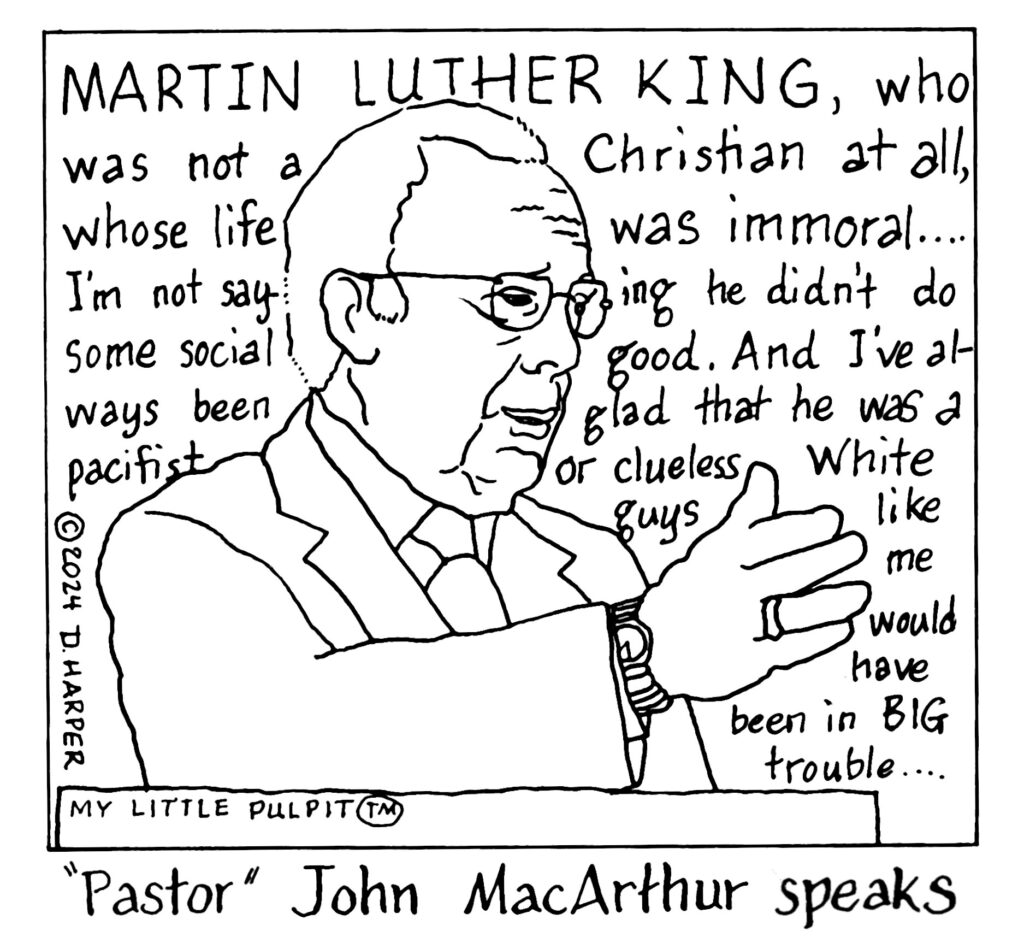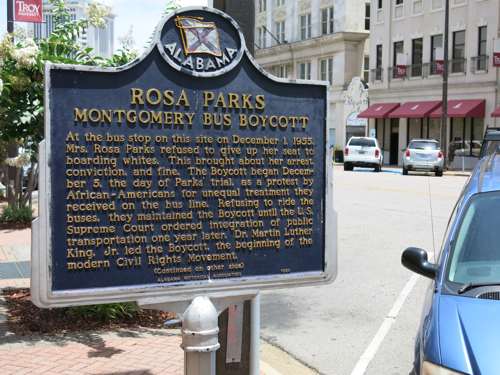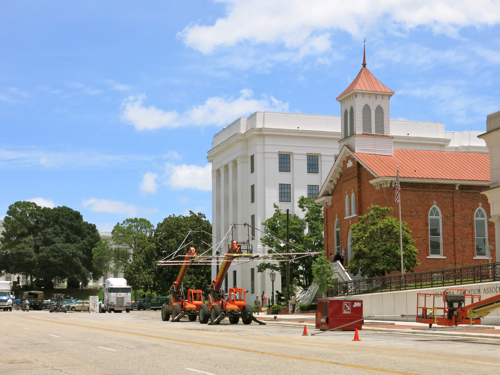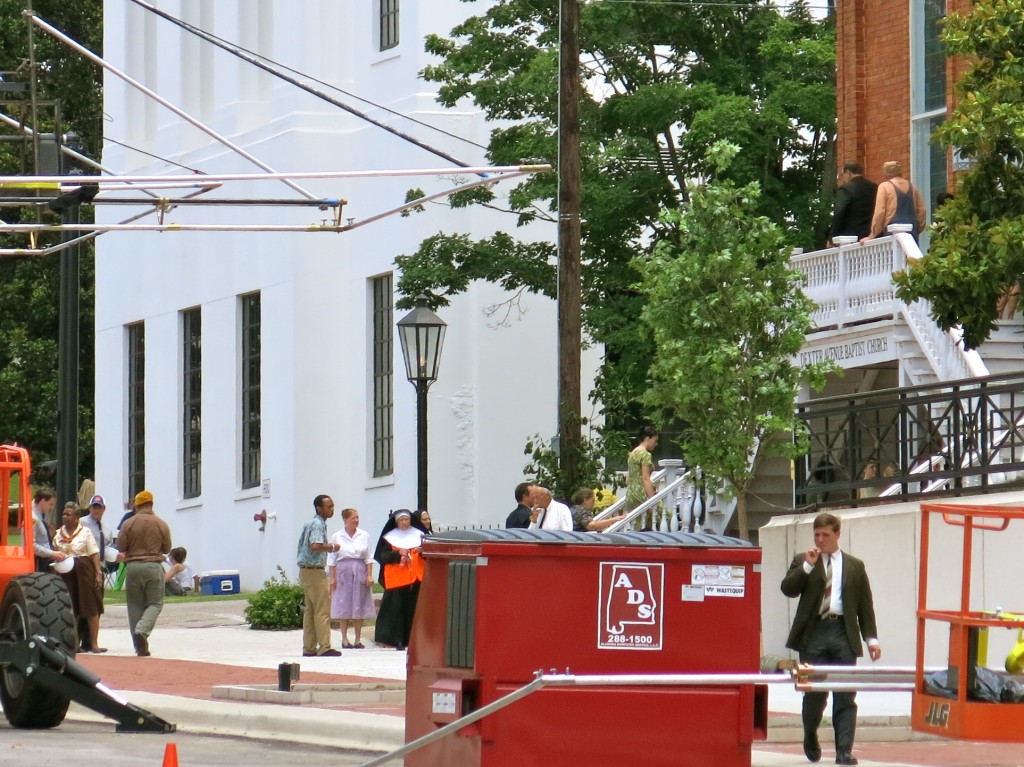Sometimes I wonder why the religious right, and the political conservatives, express so much disdain for “Marxism” and “socialism.” It kinda makes sense that the religious right might dislike “Marxism” and “socialism” so intensely, because Marx called religion “the opiate of the masses,” and because many Marxist-Leninists promote a crusading atheism that wants to get rid of religion entirely.
But wait. The definitions for “socialism” and “Marxism” are not always the definitions you’ll find in the dictionary. For an example of what I mean, let’s go back in time to 1963.
Not long after Martin Luther King, Jr., was released from the Birmingham jail, White terrorists bombed the house of King’s brother. This violent act provoked a violent response from the Black community, which in turn prompted the infamously racist Governor George Wallace to respond with even more violence: he sent in state troopers who mercilessly beat Black people. Jonathan Riedler takes up the story in his book Gospel of Freedom: Martin Luther King, Jr.’s “Letter from Birmingham Jail” and the Struggle That Changed a Nation (New York: Bloomsbury, 2013), p. 124:
“The violence of the state [of Alabama] was the physical expression of an ideology of white supremacy…. George Wallace had sworn to the Alabama State Assembly that he would squelch ‘agitators’ and ‘integrationists’ who aimed to ‘destroy the freedom of Americans everywhere.’ Twenty-one times the legislators applauded him. Not long after the bombing, when President [John F.] Kennedy moved federal troops to Alabama bases, Birmingham’s lame-duck mayor, Art Hanes, fulminated against ‘bayonet brotherhood’: ‘They gonna tell the people of Birmingham, “You’ll love this nigger at the point of a bayonet, whether you want to or not” … This is Socialism of the rankest sort.’…”
Note that in the above example, Art Hanes is not using the dictionary definition of socialism. For him, “socialism” has an alternative definition: it is government action that prevents him from committing acts of racial violence. He perceives this as infringing on his rights as an American, and he defines anything that infringes on his rights as an American as “socialism.”
This helps me understand some of the visceral emotion I sense when people reference “Marxism” and “socialism” in today’s political debates. There are times when opponents of “socialism” and “Marxism” are not using the dictionary definitions for those words, but rather more emotionally-loaded meanings pertaining to race.





